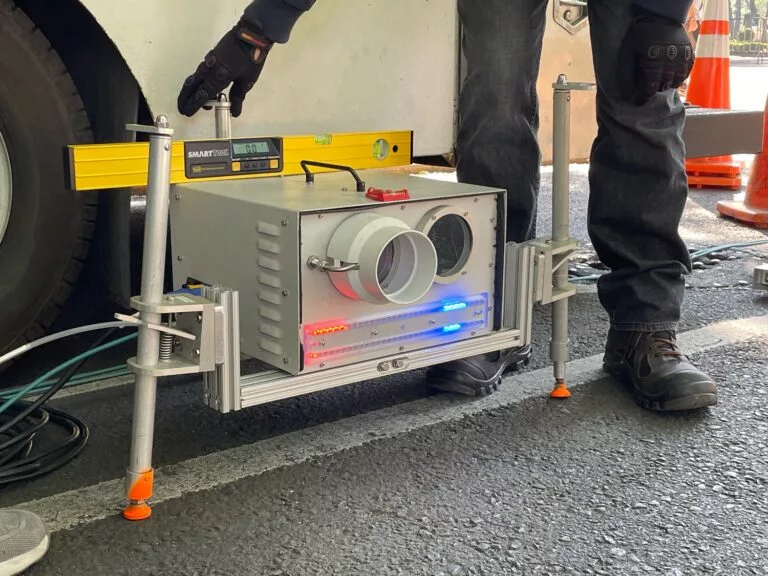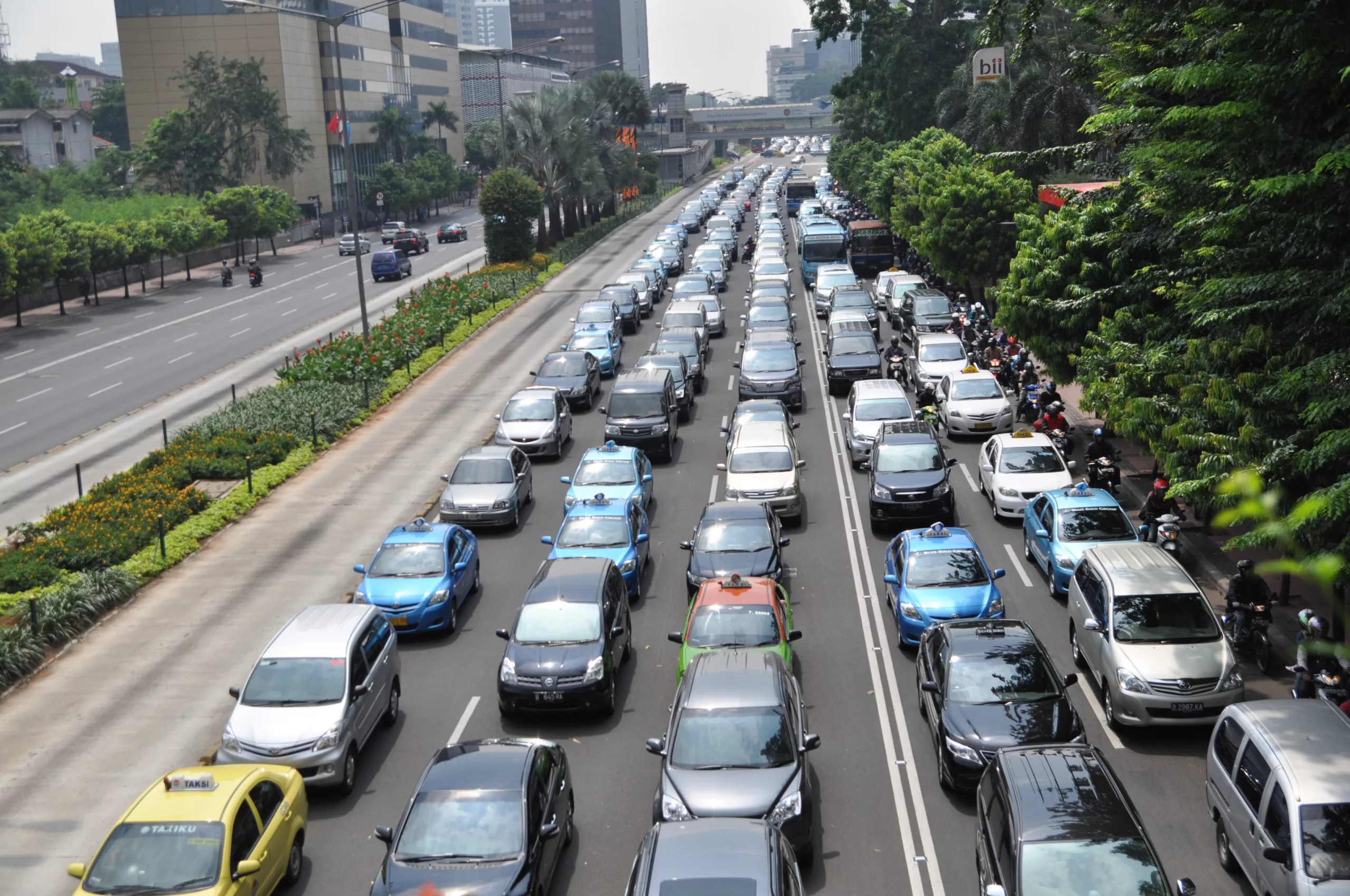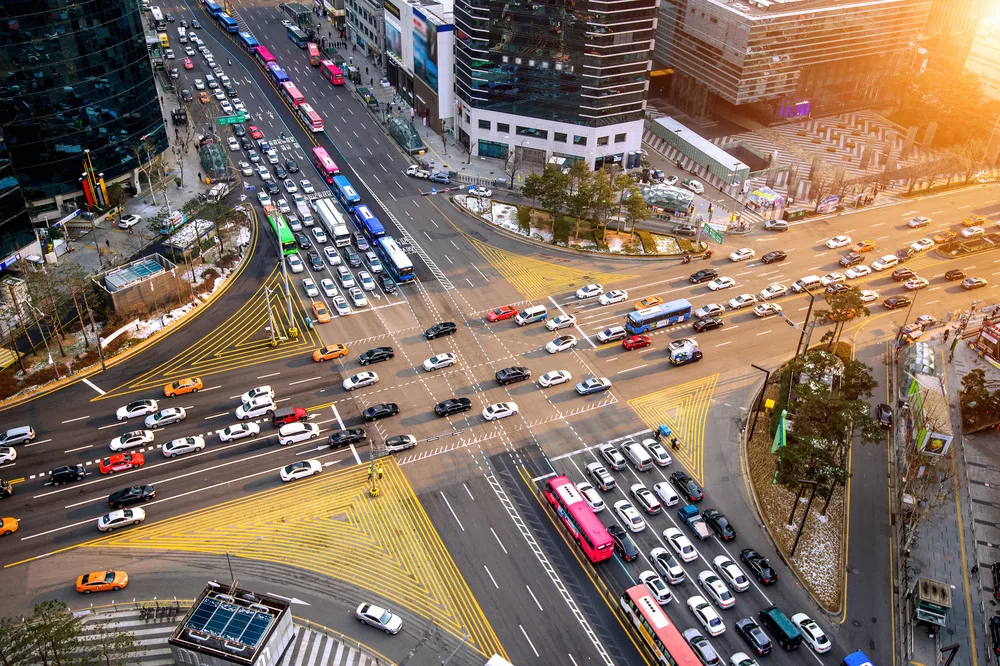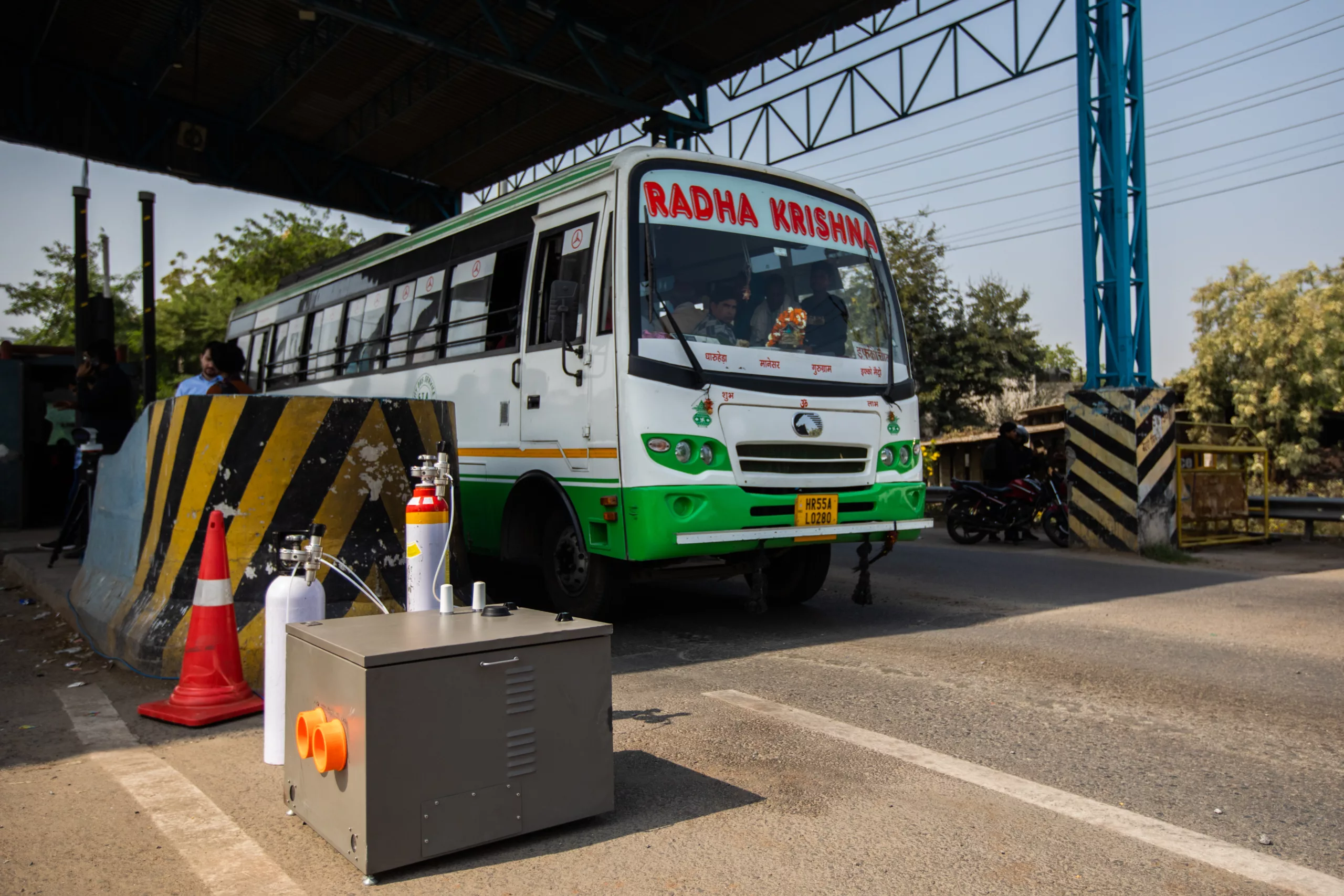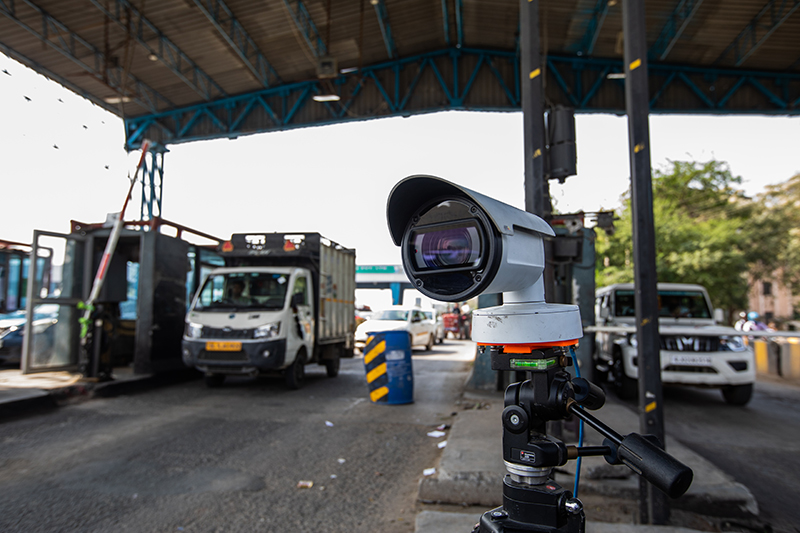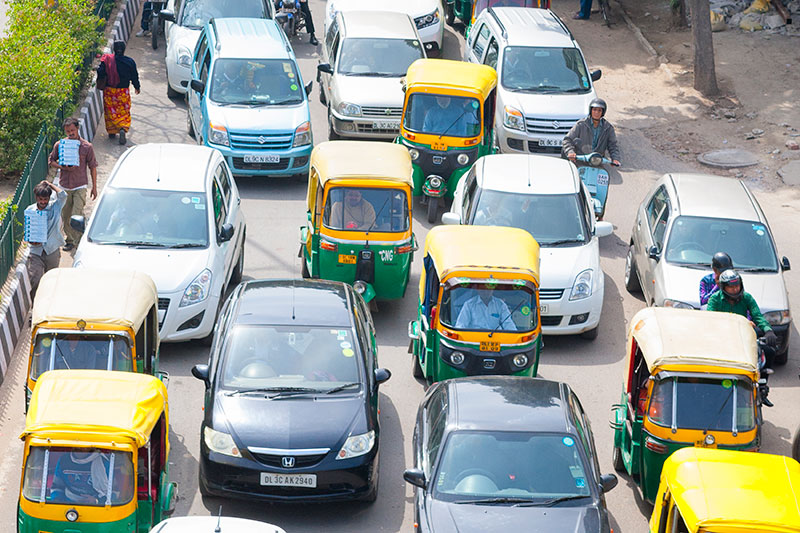Real-world motor vehicle exhaust emissions in Delhi and Gurugram using remote sensing
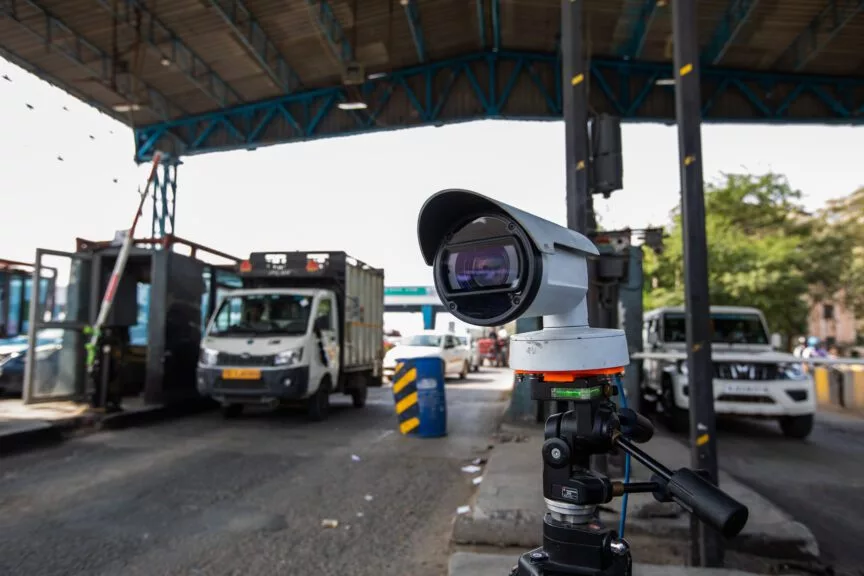
The cities of Delhi and Gurugram in India’s National Capital Region have faced severe air quality issues for decades, and the road transport sector is a major source of air pollution. The TRUE Initiative, with analysis led by the ICCT and in collaboration with local authorities, conducted a remote sensing testing campaign that provides an independent evaluation of tailpipe emissions from vehicles to support evidence-based policymaking.
The study finds that vehicles certified to the newest emission standard, Bharat Stage (BS) VI, show significant improvements in tailpipe emissions across all pollutants and vehicle types measured. At the same time, real-world emissions from both pre-BS VI and BS VI vehicles in many cases remain higher than lab limits. This is particularly the case for high-use commercial vehicles; for example, BS VI taxi and light good vehicle fleets were shown to emit 2.4 and 5.0 times more nitrogen oxides emissions than the counterpart private car fleet. The results also challenge the notion that vehicles fueled by compressed natural gas (CNG) are a “clean” transportation alternative. While CNG vehicles did help reduce particulate matter emissions, real-world NOx emissions from BS VI fleets were found to be 1.5 to 14 times higher than the applicable lab limits.
Analysis of this new data of Delhi and Gurugram’s real-world vehicle emissions uncovered important patterns that can guide the development of targeted and effective policies to combat traffic-related pollution, including the adoption of more stringent emission standards, the accelerated transition to zero-emission vehicles, and the deployment of remote sensing technology for real-world emissions monitoring.
Delhi Transport Department, Office of Gurugram Deputy Commissioner, Delhi Police Department, Gurugram Police Department, National Highways Authority of India
TRUE Testing Campaign: Real-world remote-sensing technology measured 112,000 vehicles across the cities of Delhi and gurugram between December 2022 to April 2023.

